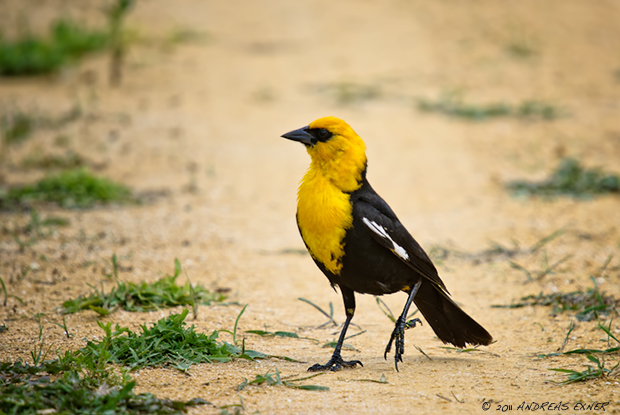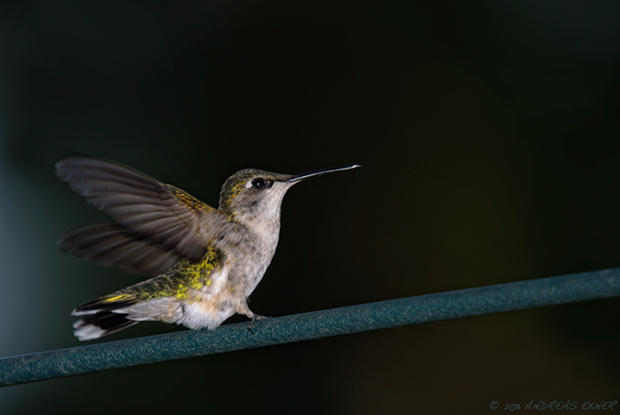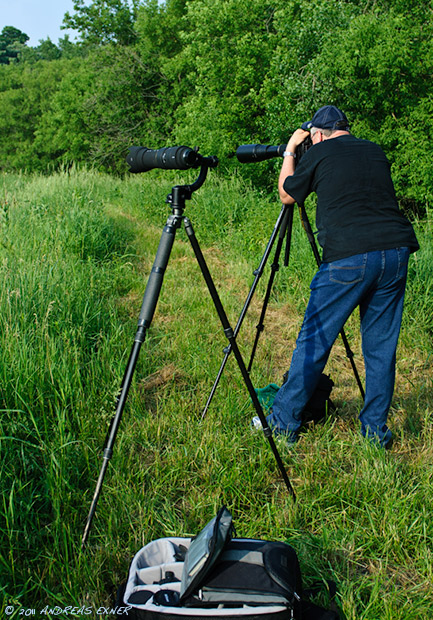
- Nikon D200, Nikkor 24-70 mm, f/2.8G AF-S ED
Yesterday evening I met with my friend Dave Updegraff for a wildlife shoot. I know Dave since last year's Worldwide Photowalk. He organized and led the walk in Dubuque, Iowa. We have been in contact since and I'm a loyal reader of his photography blog. We met at a pond near La Motte, Iowa and some followers of my blog may remember, this is the location where I shot pictures of Trumpeter Swans many times before.
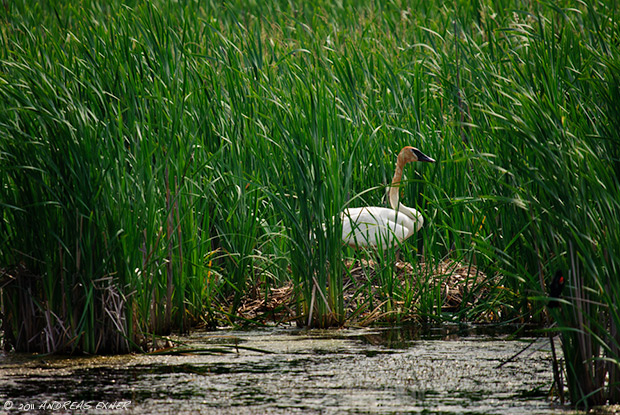
- Nikon D200, Sigma 50-500 mm f/4.0-6.3
I was there a little earlier and scouted the area for wildlife. The swans were unfortunately not really close and I had to shoot completely against the sun to make the click above.
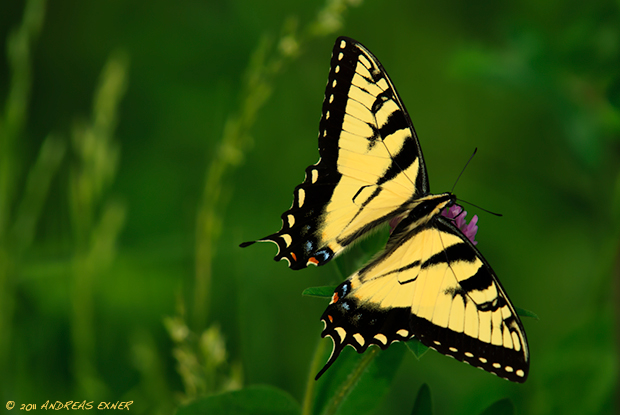
- Nikon D200, Sigma 50-500 mm f/4.0-6.3
Sometimes it just helps to turn around and look for other things. While I was still waiting for Dave, this male Eastern Tiger Swallowtail was foraging on the clover along the gravel road. I did something I had never done before. I used my Sigma 50-500 for working a butterfly. The picture will not win the price for best sharpness (the 50-500 just can't keep up with the Sigma 150mm, f/2.8 that I use normally for macro shots) but I did not want to miss this opportunity because of a lens change. The hazy light of this hot and humid summer day was perfect for the shot and even if this lens is not known for a good bokeh, I liked how it turned out in this image.
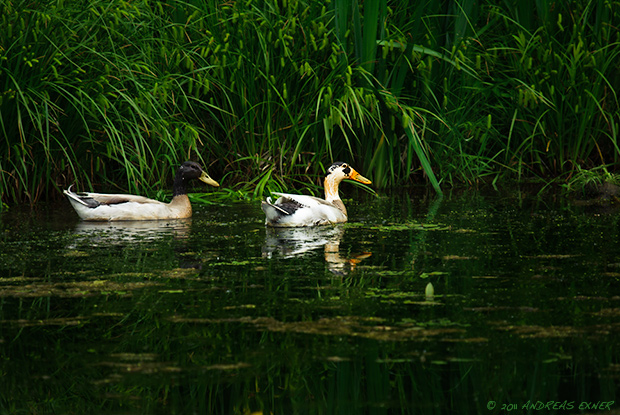
- Nikon D200, Sigma 50-500 mm f/4.0-6.3
Dave and I decided to walk to the other side of the pond and try to get the glass on a pair of ducks. I have never seen this kind of a ducks before and none of my books gave the answer. I believe they are hybrids and hope to find out by doing more research. A dark weather front moved in quickly and pretty soon Dave and I were running out of options for a fast shutter speed. Dave shoots with the Tamron 200-500, and like my Sigma 50-500 the maximum aperture is 6.3. As written in other posts before, I don't like to pump up the ISO above 280, because of the limited noise handling capabilities of my Nikon D200. The picture above was made at 1/25s and I'm surprised I had at least one shot I'm able to show here.
Dave let me try out his Nikon 24-70, f/2.8 for some test shots. I can't rave enough about this lens and the picture of him behind his D700 was made with it. I had a great time shooting and having conversation with Dave and I hope we can do it again soon.
Did I mention how hot and humid it was yesterday during our wildlife shoot? Read Dave's post and you will know… ;-)






